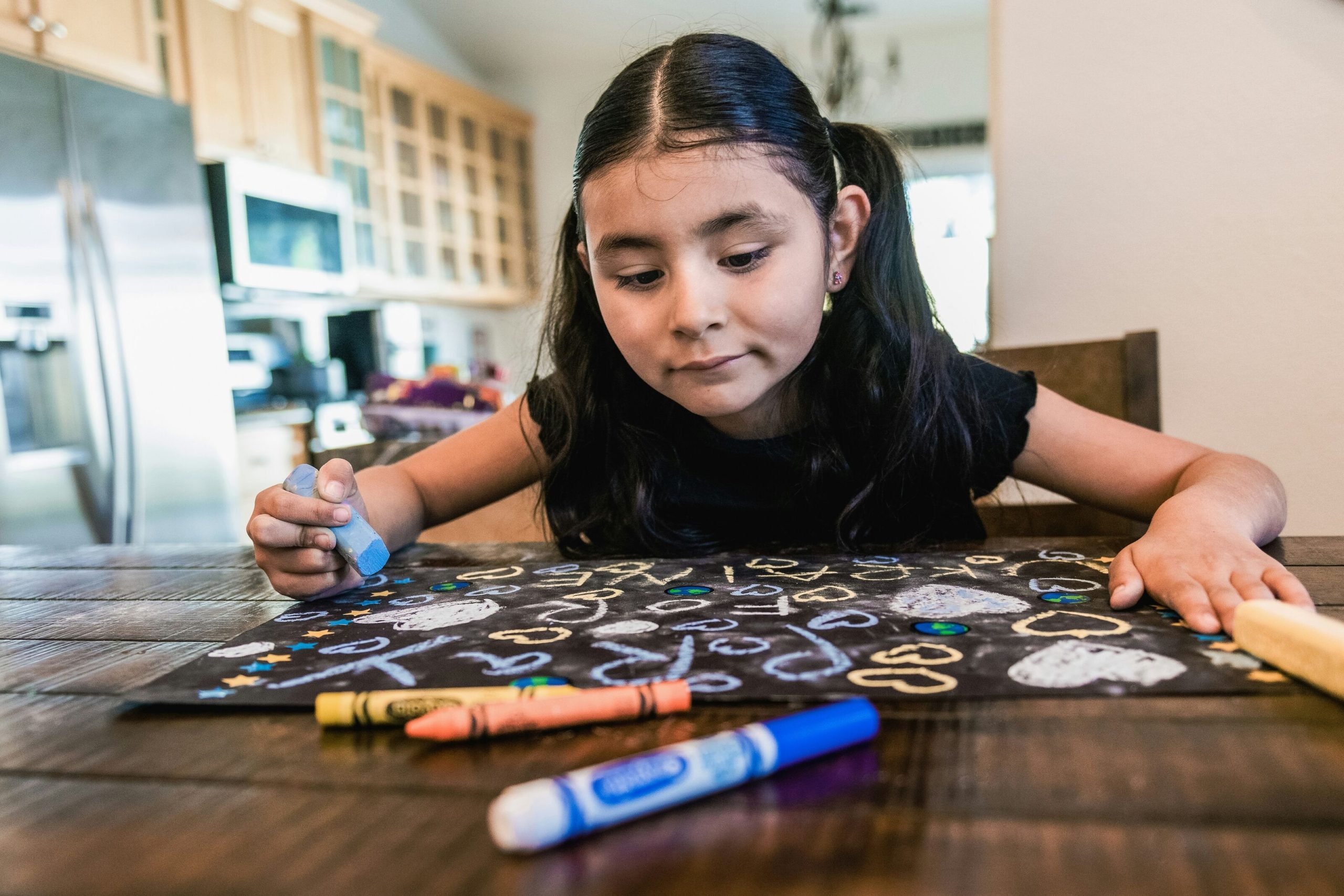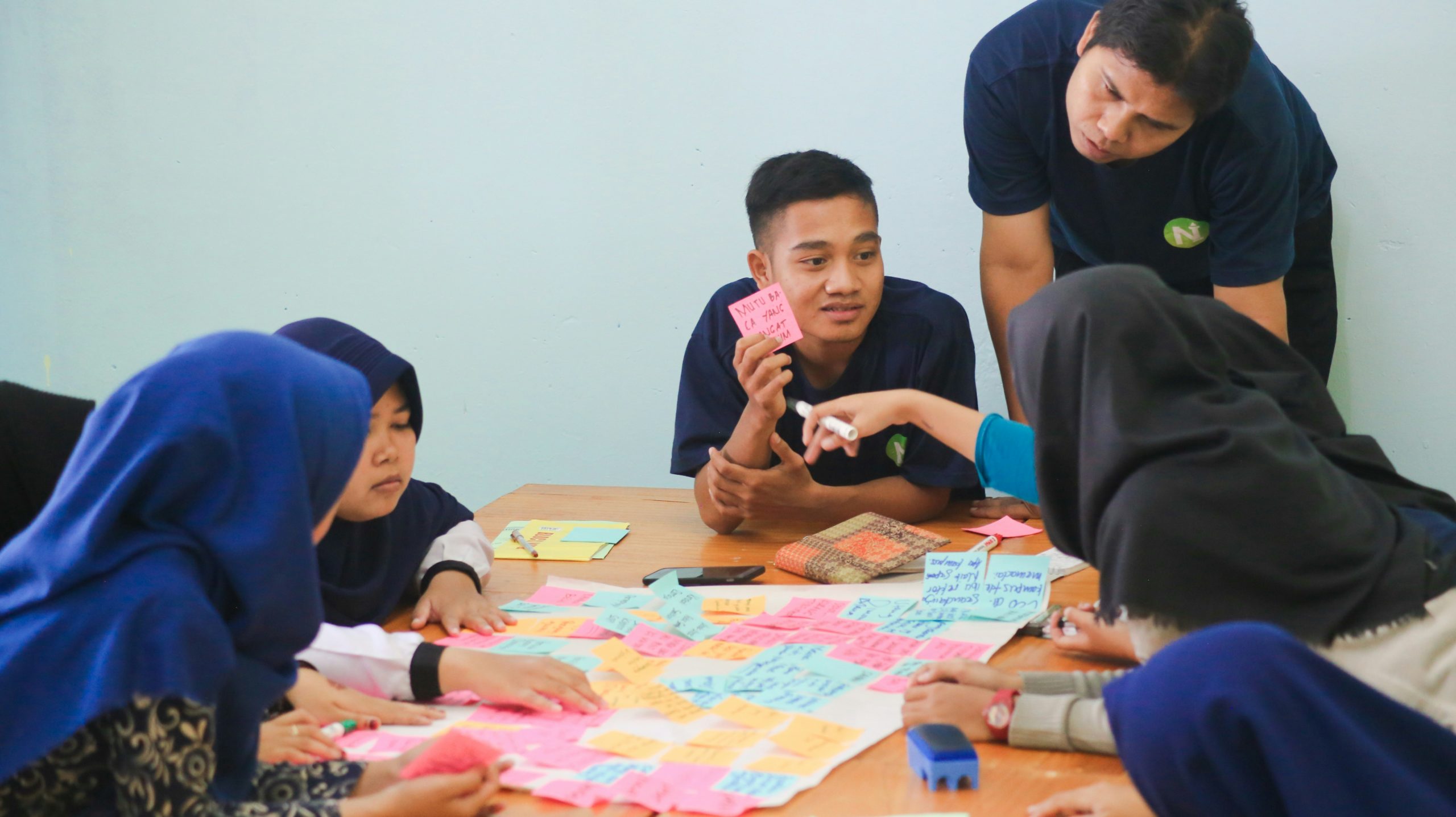The Charlotte Mason method of homeschooling is a time-tested educational philosophy that has been inspiring families for over a century.
Rooted in the teachings of British educator Charlotte Mason (1842–1923), this approach emphasizes a rich, engaging, and literature-based learning experience that fosters a lifelong love of knowledge.
If you are considering homeschooling and looking for an approach that encourages curiosity, creativity, and critical thinking, the Charlotte Mason method might be the perfect fit for your family.
Core Principles of the Charlotte Mason Method
Charlotte Mason believed that education is about more than just acquiring information. It should cultivate good habits, character, and a deep appreciation for the world. Her method is built on several core principles:
-
Living Books Over Textbooks – Instead of dry, fact-heavy textbooks, this method encourages the use of “living books”—well-written, narrative-style books that bring subjects to life and engage the reader.
-
Short Lessons for Maximum Focus – Lessons are kept brief (typically 10–20 minutes for younger children, 30–45 minutes for older students) to encourage full attention and retention.
-
Narration Instead of Worksheets – After reading, children are encouraged to narrate (retell) what they’ve learned in their own words, helping them develop comprehension and communication skills.
-
Habit Training – Building positive habits, such as attentiveness, kindness, and diligence, is considered just as important as academic learning.
-
Nature Study and Outdoor Learning – Regular time spent in nature allows children to observe, explore, and develop an appreciation for the natural world.
-
The Arts and Music Appreciation – Exposure to fine art, music, poetry, and classic literature is woven into daily learning to cultivate cultural literacy and aesthetic appreciation.
-
Copywork and Dictation – These practices improve handwriting, spelling, and grammar while exposing children to great writing.
How a Charlotte Mason Homeschool Day Might Look
A typical Charlotte Mason homeschool day is structured but flexible, with a variety of short, focused lessons that keep children engaged. A morning might include:
-
A scripture reading or moral lesson to start the day
-
Literature or history read from a living book, followed by narration
-
Copy work or dictation exercises to reinforce language skills
-
A math lesson using a hands-on or conceptual approach
-
Nature study with a walk outside, journaling observations
-
Art or music appreciation, such as listening to classical compositions or studying famous paintings
Afternoons are often left open for hands-on activities, free play, handicrafts, or additional outdoor time, reinforcing the idea that education is not confined to a desk.
Resources for Getting Started with Charlotte Mason Homeschooling
If you’re interested in implementing the Charlotte Mason method, here are a few resources to explore:
-
Ambleside Online – A free, Charlotte Mason-inspired curriculum with book lists and lesson plans.
-
Simply Charlotte Mason – A resource offering books, guides, and a structured curriculum.
-
The Original Homeschooling Series by Charlotte Mason – A six-volume set outlining her educational philosophy and methods.
-
Charlotte Mason-inspired Living Books Lists – Many homeschooling websites provide curated book lists categorized by age and subject.
Is the Charlotte Mason Method Right for Your Family?
The Charlotte Mason method is ideal for families who value literature-rich learning, time in nature, and a holistic approach to education. It works well for children who thrive with a gentle, structured, yet engaging learning environment. However, it may not be the best fit for families who prefer a highly structured or test-driven approach.
At Red Kite, we support all homeschooling families in finding the best educational path for their children. Whether you follow Charlotte Mason’s philosophy or another homeschooling method, we’re here to help connect you with valuable resources, including scholarships and financial aid opportunities for home-educated students.
Would you like to learn more about scholarships for homeschoolers? Explore our platform to find financial support tailored to your educational journey!















